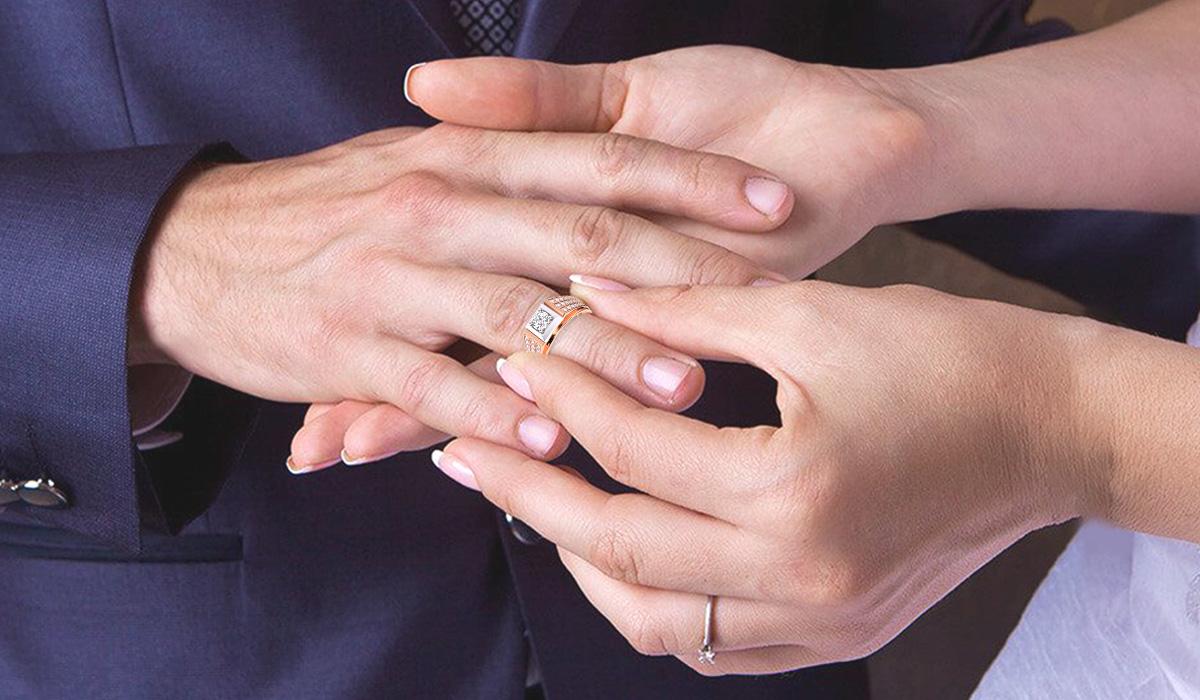Lab grown diamonds are becoming a popular choice for modern women looking for unique and sustainable jewelry. These diamonds, created in a lab, offer an eco-friendly and ethical alternative to mined diamonds. With the rise of conscious consumerism, more people are turning to lab grown diamond rings to celebrate their special moments.
What Are Lab Grown Diamonds?
These diamonds are chemically, physically, and optically identical to mined diamonds but are produced in a controlled environment.
Differences Between Lab Grown and Natural Diamonds
While natural diamonds are formed over billions of years under the Earth's surface, lab grown diamonds are created in a matter of weeks using high-pressure, high-temperature (HPHT) or chemical vapor deposition (CVD) methods. Despite this, they share the same physical and chemical properties.
Advantages of Lab Grown Diamonds
Environmental Impact
The process of mining diamonds is known to cause extensive ecological damage, including soil erosion, deforestation, and water pollution. On the other hand, lab grown diamonds require less energy and resources, making them a more sustainable option.
Ethical Considerations
Ethical concerns surrounding diamond mining, such as labor exploitation and funding of conflicts, have led many consumers to seek alternative options. Lab grown diamonds are conflict-free and produced under strict regulations, ensuring that no unethical practices are involved in their creation.
Cost Benefits
They are typically 20-40% cheaper than natural diamonds of the same quality, allowing consumers to get a larger or higher-quality stone for the same price.
Why Choose Lab Grown Diamond Rings?
Quality and Variety
Lab grown diamonds offer the same quality as natural diamonds, with a wide range of options in terms of cut, color, clarity, and carat. This variety allows for more customization and personalization in diamond rings.
Customization Options
With lab grown diamonds, the possibilities for customization are endless. From selecting the diamond shape and size to choosing the perfect setting, you can create a ring that truly reflects your style and personality.
Symbolism and Modern Appeal
Lab grown diamond rings symbolize modern values of sustainability and ethical responsibility. They appeal to the contemporary consumer who values transparency and environmental consciousness, making them a meaningful choice for engagement rings and other significant jewelry pieces.
Trending Designs in Lab Grown Diamond Rings
Classic Solitaire
The classic solitaire is a timeless choice that never goes out of style. It features a single lab grown diamond set in a simple band, highlighting the stone's brilliance and elegance.
Halo Settings
Halo settings are popular for their glamorous look. They feature a central lab grown diamond surrounded by a "halo" of smaller diamonds, creating a stunning sparkle effect.
Vintage-Inspired Designs
Vintage-inspired rings are making a comeback with intricate details and antique aesthetics. These rings often feature unique settings and milgrain edges, offering a blend of old-world charm and modern sophistication.
Three-Stone Rings
Three-stone rings represent the past, present, and future, making them a meaningful choice for engagement rings.
Modern Minimalist Rings
For those who prefer a sleek and understated look, modern minimalist rings are the perfect choice. These rings feature simple designs with clean lines, often using geometric shapes and thin bands.
Customization: Creating Your Unique Ring
Choosing the Right Setting
The setting of a ring plays a crucial role in its overall look and feel. Whether you prefer a prong, bezel, or tension setting, each offers a different level of security and style for your lab grown diamond.
Selecting the Perfect Diamond Shape
From classic round and princess cuts to trendy pear and oval shapes, the diamond's shape significantly impacts the ring's appearance. Choose a shape that complements your personal style and finger shape.
Adding Personal Touches
Personalize your ring by adding unique elements such as colored gemstones, engraved messages, or custom-designed bands. These details make your ring truly one-of-a-kind.
Celebrity Influence on Lab Grown Diamond Rings
Celebrities Who Endorse Lab Grown Diamonds
Many celebrities are embracing lab grown diamonds for their red carpet appearances and personal collections. Stars like Emma Watson and Leonardo DiCaprio advocate for sustainable and ethical jewelry choices.
Red Carpet Trends
Lab grown diamond rings are gaining popularity on the red carpet, with many celebrities showcasing stunning pieces that highlight the beauty and brilliance of synthetic diamonds.
Caring for Your Lab Grown Diamond Ring
Cleaning and Maintenance Tips
Regular cleaning is essential to maintain the sparkle of your lab grown diamond rings. Use a mild soap solution and a soft brush to gently clean the diamond and setting.
Ensuring Longevity
Store your ring in a soft, padded jewelry box to prevent scratches. Avoid wearing it during activities that could expose it to harsh chemicals or physical damage.
Buying Guide for Lab Grown Diamond Rings
Where to Buy
Purchase lab grown diamond rings from reputable jewelers who specialize in synthetic diamonds. Online retailers and physical stores both offer a wide selection.
What to Look For
When buying a lab grown diamond rings, consider the 4 Cs: cut, color, clarity, and carat. Ensure that the diamond is certified by a recognized gemological institute.
Certification and Authenticity
Always request certification for your lab grown diamond to verify its authenticity and quality. Certificates from institutes like the GIA or IGI provide assurance of the diamond's properties.
Comparing Lab Grown Diamonds to Moissanite and Cubic Zirconia
Differences in Composition and Appearance
Lab grown diamonds are made of pure carbon, while moissanite and cubic zirconia are made from silicon carbide and zirconium dioxide, respectively. These differences result in distinct optical properties and hardness levels.

